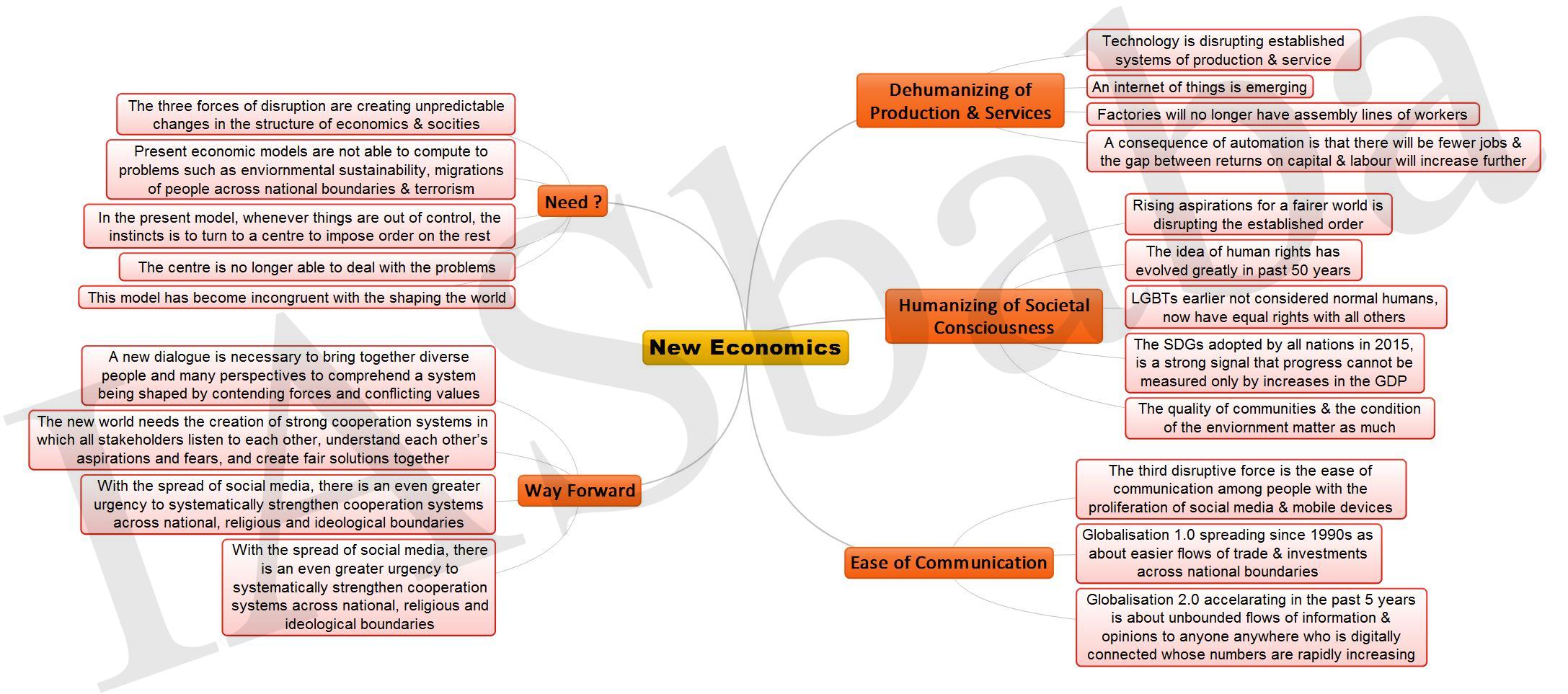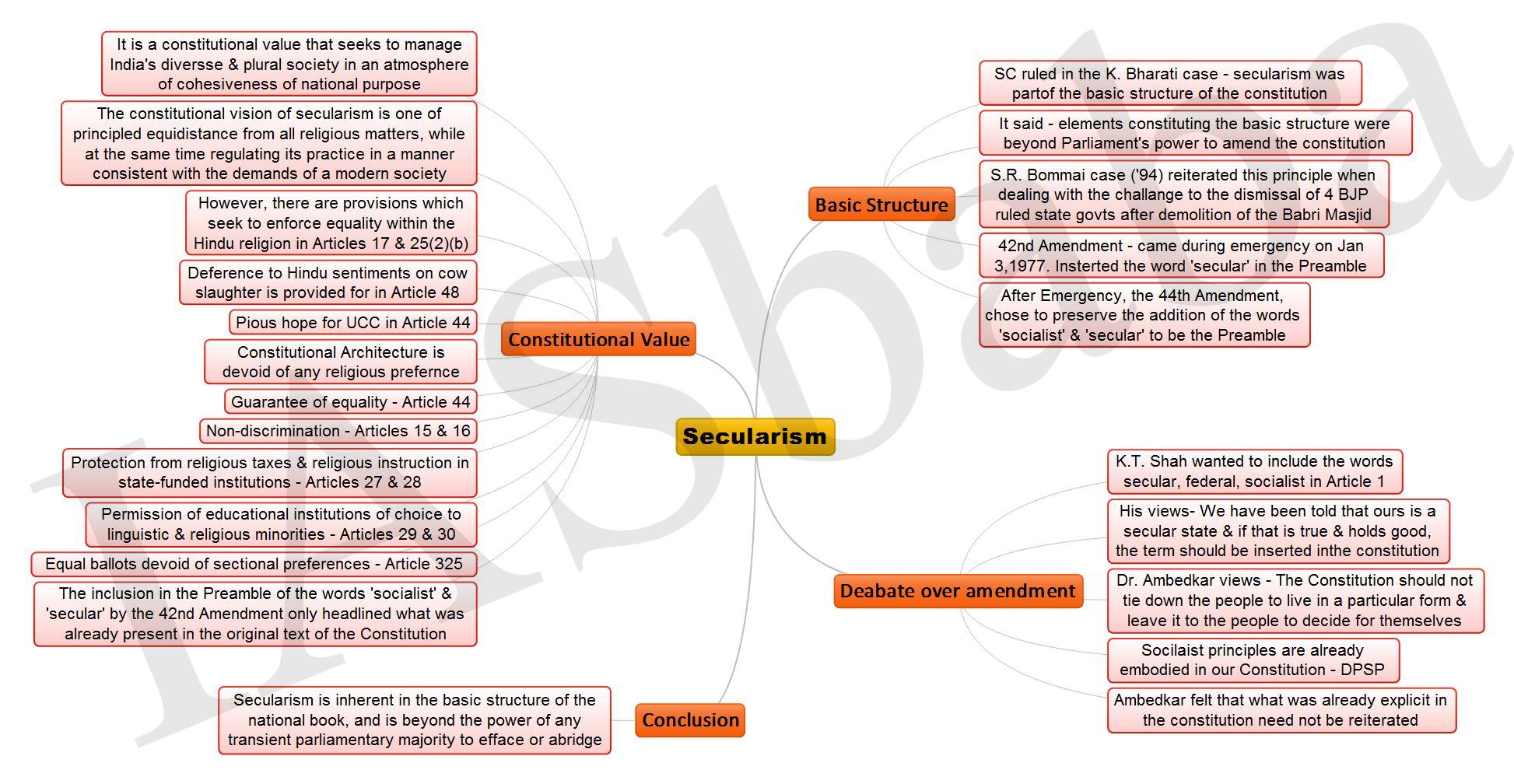IASbaba's Daily Current Affairs Analysis, IASbaba's Daily Current Affairs December 2015, National, UPSC
Archives
IASbaba’s Daily Current Affairs – 7th December, 2015
ECONOMICS
TOPIC:
- General Studies 3: Investment models; Indian Economy and issues relating to mobilization of resources, growth, development and employment.
- General Studies 2: Government policies and interventions for development in various sectors and issues arising out of their design and implementation; Important aspects of governance, transparency and accountability.
How to fix Public Private Partnership (PPP) financing?
- “Make in India” is the hallmark programme of the present Prime minister’s administration.
- It envisages India increasingly becoming a global manufacturing hub, attracting investment, and generating the employment needed to grow the economy and power it to middle income status and beyond.
Investment matters:
- In order to envisage the dream, the government should try to mobilize investment both domestically and international.
- One sector which needs huge investment is infrastructure.
- Until recently, public investment has been the main vehicle for infrastructure development in India.
- Since 2012, however, the government has shifted some of the focus away from public spending.
- The Twelfth Five Year Plan envisages the private sector contributing $500 billion – about half of the $1 trillion of investment planned – primarily through public-private partnerships (PPPs).
Complex process of structuring infrastructure PPP’s:
Any infrastructure PPP include
- Optimal risk sharing among stakeholders to ensure a proper alignment of incentives.
- A detailed project feasibility studies negotiating complex land acquisition processes.
- Obtaining environmental and forest clearances and mobilising scarce equity.
And also delays in achieving project development milestones weaken project economics, resulting in completion delays and reduced investor appetite.
A case study:
- A recent study commissioned by the Asian Development Bank found that on average 40 per cent of projects in major infrastructure sectors are delayed for reasons beyond the project’s control.
- The reasons include delays in land acquisition and obtaining environmental and forest clearances beyond the time envisaged in the concession agreement, along with interstate coordination issues and local protests.
- Delays of two years are the norm, resulting in average cost increases of around 30 per cent – mostly due to accumulating interest costs during the delay period and cost escalation.
Due to this banks are increasingly unable and unwilling to lend further to infrastructure.
Proposed project completion risk guarantee scheme
- Drawing from global experiences in several PPP markets, notably in Latin America and Indonesia, a potential solution that can be fashioned which could help both investors and lenders is project completion risk guarantee scheme.
The scheme:
- The scheme entails establishing a facility that guarantees servicing interest to banks during delay periods, so long as the delays are beyond the control of the project.
- Under this arrangement, the project developer would apply for a guarantee from the proposed facility against delayed interest payments by paying a fee prior to financial closing, and negotiate a reduction in bank charges that would compensate for the guarantee fee.
- Interestingly, this is also beneficial to banks because even though they are charging lower rates, they are no longer subject to completion delay risk.
Merits of the proposed scheme:
- The facility would secure developers’ interest obligations due to delays and potentially reduce the incremental equity needed to fund cost escalation.
- Because the risk profile of projects would improve, banks would be able to expand financing for guaranteed projects.
- Non-performing assets and restructuring would be reduced as interest payments would be serviced through the guarantee facility.
- The proposed facility would also accelerate financial closure and reduce delays resulting from re-negotiating bank lending to already stressed projects.
Way ahead:
- For the government, getting investments into essential infrastructure projects will help it to deliver on the promise of “Make in India”.
- The proposed project completion risk guarantee scheme represents a win-win-win situation for government, financiers and developers and is worth pursuing in the interest of current and future generations of Indians.
Connecting the dots:
- Explain the importance of PPP in removing structural gaps in India.
- Critically analyse the role of PPP in GDP growth and economic development of India.
- Critically examine the various measures taken by government to promote PPP in India.
For More information on ‘PPP model’ refer the below links-
http://iasbaba.com/2015/10/iasbabas-daily-current-affairs-24th-october-2015/
NATIONAL
TOPIC:
- General Studies 2: Issues relating to development and management of Social Sector or Services relating to Health, Education, Human Resources.
Significance of Palliative Care
WHO Definition of Palliative Care:
Palliative care is an approach that improves the quality of life of patients and their families facing the problem associated with life-threatening illness, through the prevention and relief of suffering by means of early identification and impeccable assessment and treatment of pain and other problems, physical, psychosocial and spiritual.
What all does palliative care include?
Palliative care:
- provides relief from pain and other distressing symptoms;
- affirms life and regards dying as a normal process;
- intends neither to hasten or postpone death;
- integrates the psychological and spiritual aspects of patient care;
- offers a support system to help patients live as actively as possible until death;
- offers a support system to help the family cope during the patients illness and in their own bereavement;
- uses a team approach to address the needs of patients and their families, including bereavement counselling, if indicated;
- will enhance quality of life, and may also positively influence the course of illness;
- is applicable early in the course of illness, in conjunction with other therapies that are intended to prolong life, such as chemotherapy or radiation therapy, and includes those investigations needed to better understand and manage distressing clinical complications
Need for palliative care in India:
- The concept of palliative care is still in nascent stage in India.
- In India only 20 per cent of patients require end-of-life care. For the rest of them, the support requirements differ, from emotional to psychological or even rehabilitation.
- The need is a support structure not only for the patient but also for the family after the death of the patient.
In palliative care, the role of a doctor or [a] physician is minimal, initially, as patients are battling psychological, emotional and financial disturbances.
The need is a dedicated team of nurses and social workers who will help overcome the shock of illness of patient in both the patient and their family.
The Narcotics Drugs and Psychotropic Substances Act, 1985 or NDPS Act and palliative care:
- The Narcotics Drugs and Psychotropic Substances Act, 1985 or NDPS Act has been amended several times to include aspects of palliative care.
- The best thing that has happened in the country is the compulsory, single-window clearance for procurement of drugs.
- A group of six medicines used for pain relief specifically can be purchased only through the single window clearance.
- In each State, the State drug controller has discretionary powers. This kind of control has helped in ensuring that the drugs are not only available but are also not misused.
- For decades, morphine was difficult to access even to treat cases of genuine pain.
- However now, registered medical institutions are being given licences to stock a specific amount of morphine tablets and annual stocks are replenished on written request from the institution.
Connecting the dots:
- What is palliative care? Explain the need for palliative care in India.
MUST READ
India may ratify WTO trade facilitation pact
To know more about other issues related to WTO, refer the below link-
http://iasbaba.com/2015/06/iasbabas-daily-current-affairs-24-june-2015/
Secular in spirit and in letter
For Detailed Analysis ‘Secularism’ refer the below links-
http://iasbaba.com/2015/11/iasbabas-daily-current-affairs-30th-november-2015/
Crack in the wall- India must seize the opportunity to arrest the downward spiral in the relationship with Nepal
Across the aisle: How to lose a friend and alienate people
How did the ‘high’ of India-Nepal relations collapse to a point when all observers are agreed that they seem to have reached the nadir?.
For Detailed Analysis ‘India-Nepal relationship’ refer the below links-
http://iasbaba.com/2015/10/iasbabas-daily-current-affairs-11th-12th-october-2015/
The way from Paris- Climate summit underlines that progress will depend on innovation and global partnership
For Detailed Analysis on ‘UN Convention on Climate change @ Paris summit’, refer the following
http://iasbaba.com/2015/10/iasbabas-daily-current-affairs-24th-october-2015/
http://iasbaba.com/2015/11/iasbabas-daily-current-affairs-24th-november-2015/
India’s top FDI source- During Apr-Sep 2015, India has attracted $6.69 bn (Rs 43,096 cr) FDI from Singapore while from Mauritius, it received $3.66 bn
For Detailed Analysis ‘FDI’ refer the below links-
http://iasbaba.com/2015/11/iasbabas-daily-current-affairs-20th-21st-november-2015/
http://iasbaba.com/2015/06/iasbabas-daily-current-affairs-25-june-2015/
Evaluating Delhi’s road-rationing scheme
Basket case – yuan’s inclusion in the SDR- It could place the currency on a par with global biggies. But China has to wait to be a serious challenger
India’s report card on gender progress
MIND MAPS
1. New Economics- Live Mint
2. Secularism- The Hindu
















